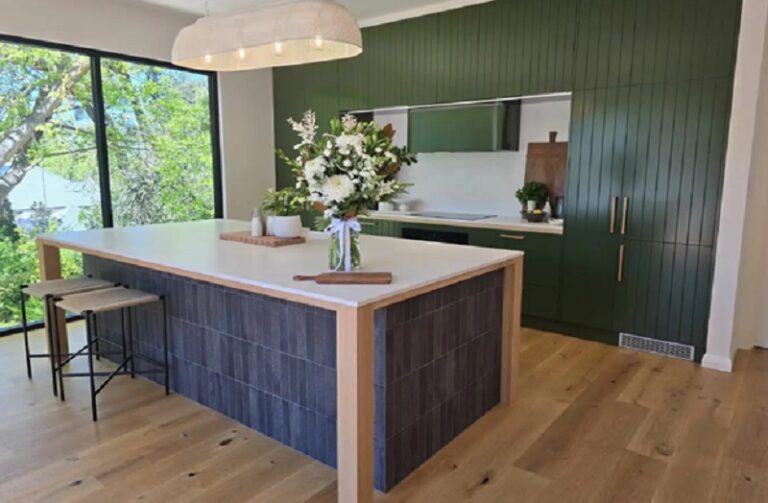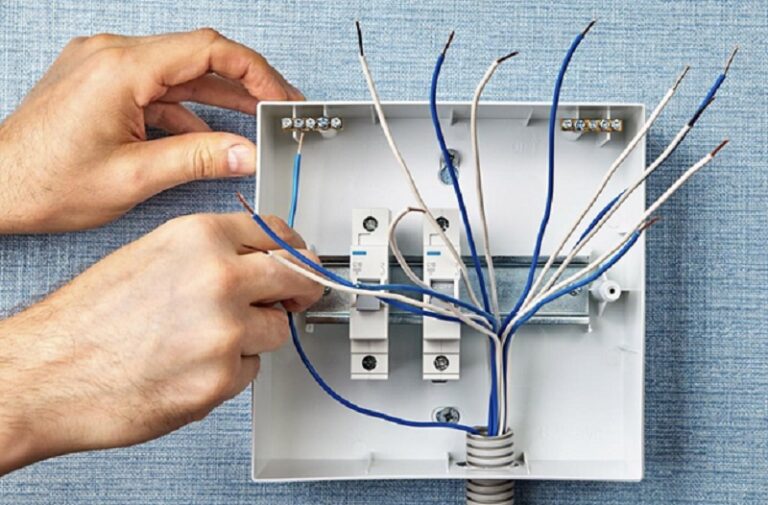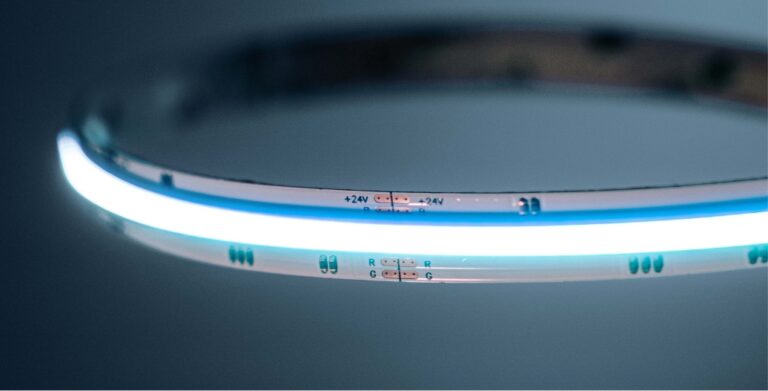
Choosing the right padding for mosque carpets is important as it can affect the overall feel and durability of the carpet. Here are some factors to consider when choosing the right mosque carpet padding:
Thickness and Material:
The thickness of the padding can affect the feel of the carpet underfoot. Thicker padding can provide a softer feel, while thinner padding may be firmer. Padding is available in a variety of materials, including foam, rubber, and felt. Each material has different properties and can affect the feel of the carpet differently. Foam padding is typically the most affordable option, while rubber and felt are more durable.
Density and Noise Reduction:
The density of the padding can affect its durability and ability to absorb impact. Higher-density padding can provide better support and absorb more impact, while lower-density padding may compress over time. Some types of padding are designed to reduce noise and provide sound insulation. If your mosque is located in a noisy area or has high foot traffic, consider using padding with noise-reducing properties.
Moisture resistance:
If your mosque is located in a humid or damp environment, consider using padding that is moisture-resistant to prevent mold and mildew growth. Mosque carpet padding can provide a more comfortable and durable surface for worshippers. By considering factors such as thickness, material, density, noise reduction, and moisture resistance, you can choose the right padding to meet the needs of your mosque and provide a comfortable and inviting environment for worshippers.
What are the environmental considerations when selecting Mosque carpets, and how can you find eco-friendly options?
Production: Choose carpets that are made using environmentally-friendly production processes, such as those that use natural dyes and low-water usage. Avoid carpets that are made using chemical dyes or processes that generate a lot of waste.
Certification: Look for carpets that have been certified by recognized eco-labels or organizations such as the Forest Stewardship Council (FSC) or the Global Organic Textile Standard (GOTS), which ensure that the carpet has been produced using environmentally-friendly practices.
Recycling: Look for carpets that can be recycled or repurposed at the end of their lifespan. Some manufacturers offer take-back programs or recycling options for their carpets.
Local sourcing: Consider sourcing carpets from local or regional suppliers to reduce the carbon footprint associated with transportation.
What is the average lifespan of a Mosque carpet, and when is it time to replace it?
The lifespan of a mosque carpet can vary depending on a variety of factors, such as the material, quality, and level of foot traffic. Generally, a well-maintained mosque carpet can last anywhere from 5 to 20 years or more. However, several signs indicate it may be time to replace the mosque carpet, including:
If the carpet has noticeable wear and tear, such as frayed edges, holes, or bald spots, it may be time to replace it. This is especially true if the wear and tear are located in high-traffic areas. Over time, mosque carpets may become stained or discolored due to spills or exposure to sunlight.
If worshippers or visitors experience allergy or respiratory symptoms while in the mosque, it may be due to an old or dirty carpet that needs to be replaced. If the carpet has become uneven or buckled, it can present a tripping hazard and should be replaced.







